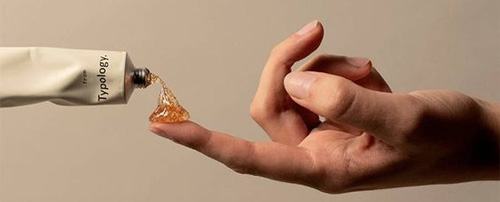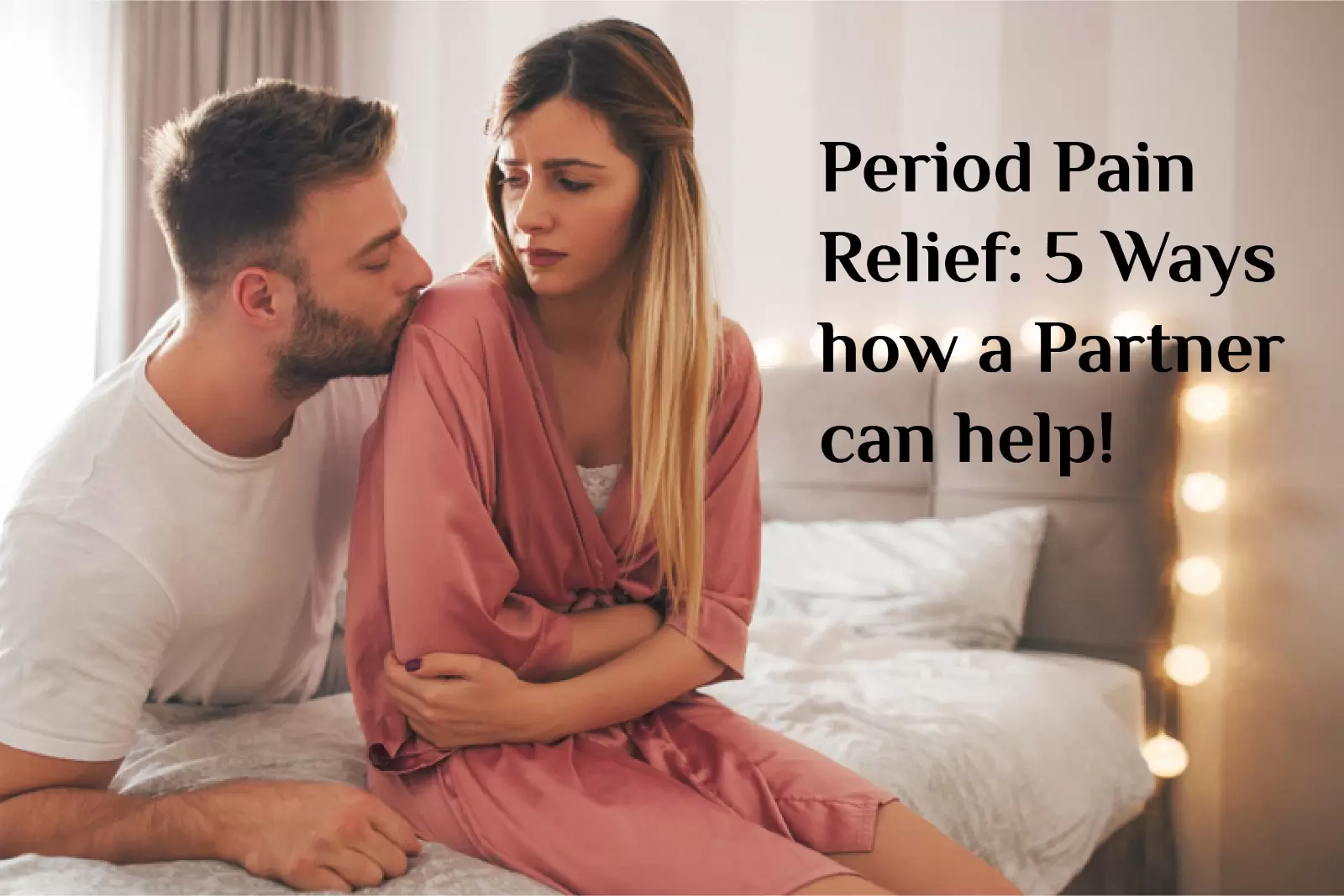Approximately, 50% of women will experience period pain, also known as menstrual cramps, at some point of time in their lives. Usually, period pains make their first appearance a year after the commencement of menstruation in girls, which get better as the age progresses. The discomfort initiates before and during bleeding and lasts for a day or two. With the help of the partner period pain relief and mental pain slightly settle down.
What are the causes?
During menstruation, the body releases a hormone-like chemical called prostaglandin, which makes the uterine muscle contract to push the blood. Higher the levels of prostaglandin, stronger the muscles contract and more severe is the pain. So menstrual cramp in women’s is a physical sensation you experience as the muscles contract or squeeze. Hence, many women complain about abdominal pain in association with backache.
For many women, OTC medicines reduce the pain, but for others, the pain is so severe that it affects their quality of life, causing them to take leave from school and work. In such cases, a combination of multiple treatment options can provide relief.
How to stop period pain?
One of the most effective ways to cease period pain is to stop the production of prostaglandin. This is possible through painkiller medicines such as non-steroidal anti-inflammatory drugs (NSAIDs). Ibuprofen and Naproxen are commonly used NSAIDs to treat menstrual pains. They work on certain enzymes to stop the secretion of prostaglandin. If you take NSAIDs a day or two before the commencement of period, you will feel better.
Warm application is another effective way to prevent and treat period pain. Heat helps improve blood circulation, increases the oxygen supply and decreases the secretion of prostaglandin. So, make sure you apply heating pads or take a warm shower bath to manage the discomfort.
Gentle massage is a great way to reduce abdominal cramps and back pain caused by menstruation. Physical activities including aerobic exercise are found to be useful in many cases. Massage with essential oils is a great option.
Hormonal therapy, including oral contraceptives, can help lower menstrual cramps by up to 90%. The hormones do not allow the body to produce prostaglandin, averting uterine contraction. However, there are a few risks associated with hormonal therapy.
Period pains in women’s are sometimes extremely painful, but they are manageable. If you experience extreme pain that fails to subside, immediately visit a GP.
Supporting a partner experiencing period pain can be a thoughtful and caring gesture. Here are five ways a partner can help provide relief:
Understanding and Empathy:
- Show understanding and empathy towards your partner’s experience. Acknowledge that menstrual pain in can vary in intensity and can be different for each person. Be patient and validate their feelings, letting them know that you are there to support them.
Provide Comfort:
- Help create a comfortable environment. Offer a warm blanket, heating pad, or hot water bottle to alleviate cramps. Heat can help relax the muscles and reduce pain. You can also provide a cozy space with soft pillows to make your partner feel more at ease.
Offer to Prepare Hot Beverages:
- Warm beverages like herbal tea, hot water with lemon, or even a comforting cup of hot chocolate can be soothing. Hydration is essential, and warm drinks can have a calming effect, helping to ease discomfort.
Assistance with Daily Tasks:
Offer assistance with daily tasks that might be more challenging during this time. This could include helping with household chores, preparing meals, or running errands. Reducing the physical strain on your partner can make a significant difference.
Be Attentive to Their Needs:
- Pay attention to your partner’s needs and ask how you can help. Some people may prefer rest and solitude, while others may appreciate company and distractions. Be attentive to cues and respond accordingly, offering emotional support and companionship as needed.
Remember that communication is key. Ask your partner what specific things would make them feel more comfortable and supported during this time. Everyone is different, and what works for one person may not work for another. Being open and understanding will strengthen your connection and help you provide the support your partner needs.


